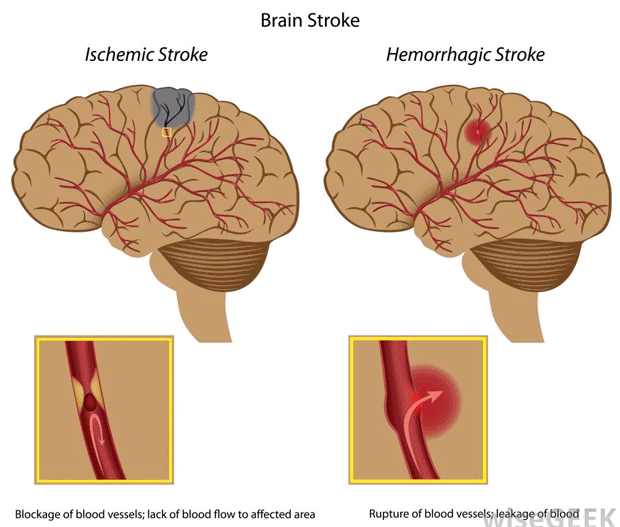|
Paralysis is a medical condition characterized by the
inability to move one or more muscles. In most cases, a person
experiencing this condition also loses all feeling in the affected area.
It may be temporary or permanent, depending on the cause. If it is the
result of damage to the nervous system, it is usually consistent. Sleep
paralysis, on the other hand, only affects a person during the time that
immediately precedes sleep or immediately after waking up.
There are many potential causes of paralysis. The two most common are
stroke and trauma, particularly to the nervous system or the brain.
Certain diseases or afflictions, such as poliomyelitis, peroneal
dystrophy, spina bifida, Bell’s palsy, and multiple sclerosis may also
cause paralysis. Botulism, paralytic shellfish poisoning, and certain
types of poisons, particularly those that directly affect the nervous
system, may also lead to this condition.
|
 |
The precise type of paralysis a person experiences depends on the
underlying cause. With Bell’s palsy, for example, the inability to move
is usually localized, which means it only affects a small area of the
person’s body. Typically, only one side of the person’s face becomes
paralyzed as the facial nerve on that side becomes inflamed. When only
one side of a person’s body is affected, the condition is considered
unilateral. When it affects both sides, it is bilateral.
|
 |
A person who has experienced a stroke, on the other hand, may experience
weakness throughout his or her body. This is referred to as global
paralysis. Conversely, the person may only experience weakness on one
side of his or her body. Medically, this is known as hemiplegia.
Generally, the most severe form of paralysis is caused by damage to the
spinal cord. A person who experiences trauma in his or her upper spinal
cord may develop quadriplegia as a result. A person who is quadriplegic
is unable to move his or her arms and legs. Injury to the lower spinal
cord may cause paraplegia, which results in either the legs or the arms
becoming paralyzed.
|
 |
In severe cases, it may be necessary for the individual to be fed
through feeding tubes. Occupational therapy, physical therapy, and
speech therapy may also be necessary to help treat the condition. |
|